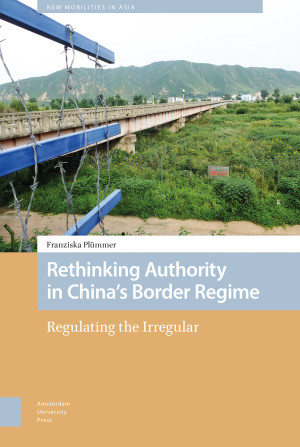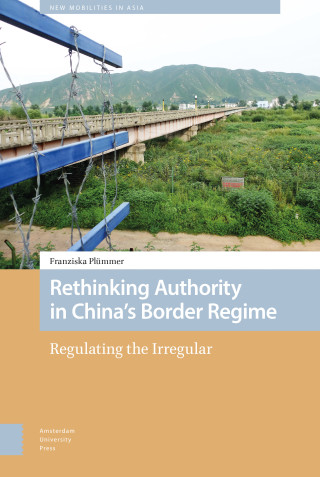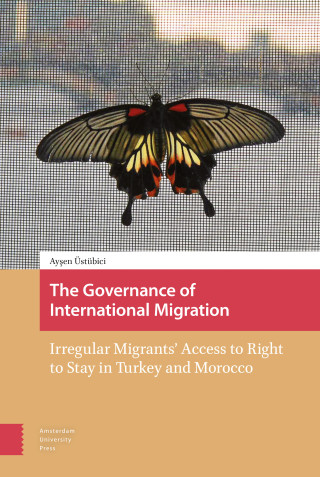Franziska Plümmer
Franziska Plümmer is Assistant Professor of Europe-China relations at the University of Amsterdam researching the role of Chinese technology companies in European data regulation and 'critical' infrastructure provision. Generally, her research lies at the intersection of International Relations, Critical Security Studies and China Studies focusing on mobility of migrants and data across borders.





